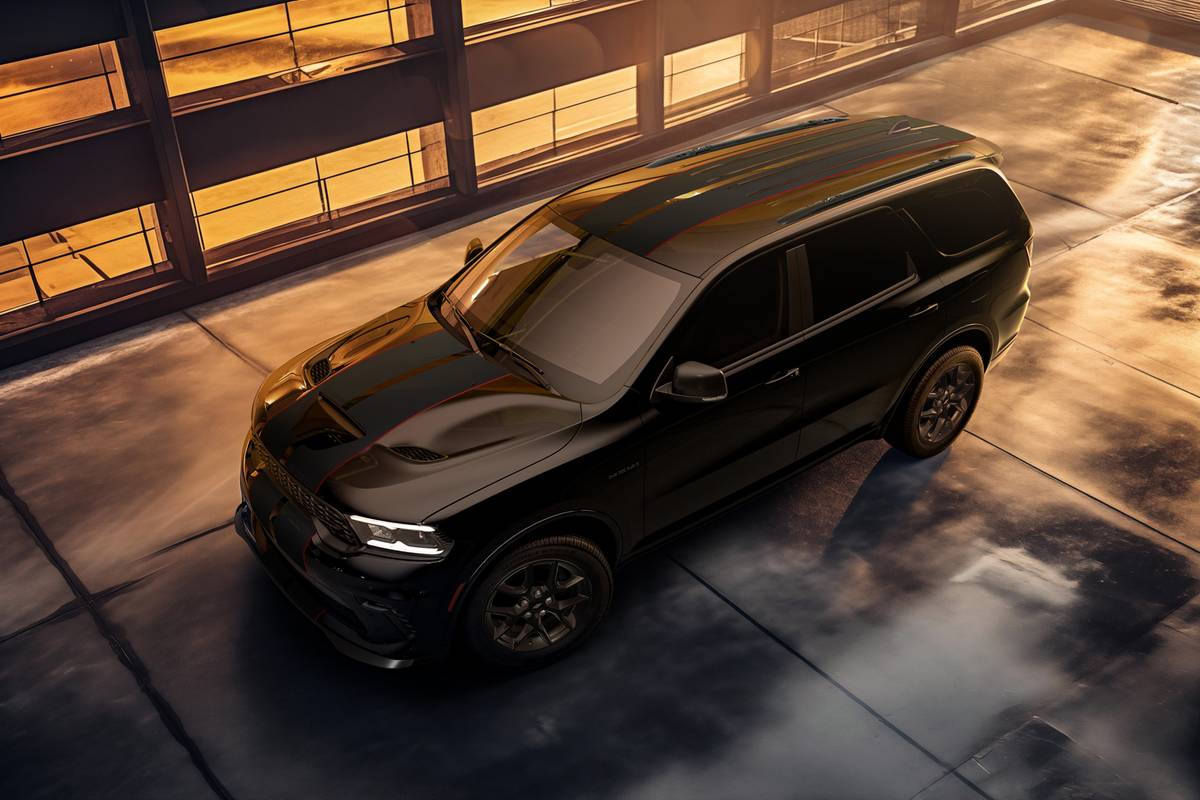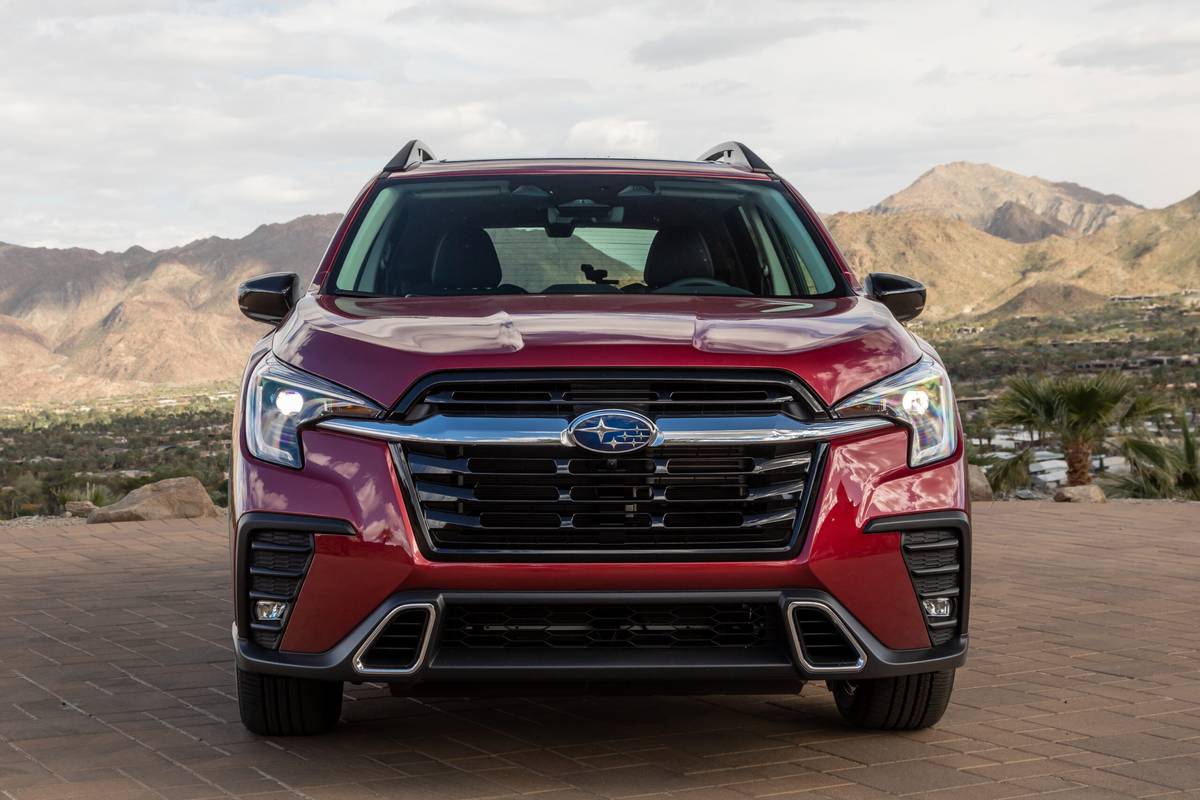Orlando Sentinel's view
The original Ford Probe came out nearly three years ago and until recently sold like hot cakes. Sales have slowed somewhat because there’s more competition now in the sporty car segment of the market. Also, Ford has raised the price many times.
Along with those price increases have come more options. And this year a V-6 is available for the first time, in the Probe LX.
The six-cylinder 1990 Ford Probe LX is a perplexing car. Do you really need a six-cylinder engine in a car the size of the Probe? Do you really need a leather interior in a sporty GT like the Probe? These two items inflate the price considerably and don’t add much to the car’s character.
Yes, the power and smoothness of the 3-liter V-6 makes driving the Probe LX a bundle of fun – sometimes. Even when driven with a heavy foot, the five-speed test car still sipped gas frugally and outperformed most other cars in its class. It got better than 22 miles per gallon with the air conditioner on. But that fun is for the most part spoiled by torque steer.
Under moderate to hard acceleration, the Probe had an annoying tendency to pull to the right. Torque steer is a common problem with high-powered, front-wheel-drive cars. Chrysler solved it in the souped-up version of the Eagle Talon by adding four-wheel drive. Maybe that’s what the Probe LX needs.
If you accelerate briskly while going around a curve, you really have to wrestle with the steering wheel to straighten out the car. It’s possible that Probe LXs with automatic transmissions don’t have this problem.
Beyond the torque steer, the V-6 Probe did all other things well. The engine is powerful enough to accelerate and pass slower traffic with authority and to run the accessories without hurting performance.
The Probe LX has a bit of oversteer. That means during cornering the front tires have more traction than the rear tires. This probably is a result of the heavier engine. In any case, it will take a bit more finesse for the driver to keep things under control in situations where one has to slow quickly in a tight turn. However, in everyday driving situations, the Probe’s tendency to oversteer is not a problem.
The test car came with anti-lock brakes and automatic seat belts. The brakes are pretty close to perfect, but the anti-lock feature is a bit noisy when the maximum pressure is applied. The seat belts are motorized and require only that the driver connect the lap portion. It’s an excellent, hassle-free system.
Unquestionably, the Probe has one of the best interiors of the cars in its class. I’ve sat in the rear of the Plymouth Laser, which is nearly identical to the Eagle Talon and Mitsubishi Eclipse. You can’t even breathe comfortably in the rear of those cars. I’ve heard at least one horror story about rear passenger room involving the Nissan 240SX, and from experience, I know you can forget about comfort in the rear of a Toyota Supra and GEO Storm. But that’s not the case with the Probe.
Though I like the shape of the Eagle Talon better, it’s the Probe that gets straight A’s for rear passenger foot room and headroom and for its hatchback stowage area. I was shocked when I opened the hatchback. I couldn’t believe there could be that much room in a car the Probe’s size. There’s more room there than in some sedans. With the seats folded down you could put a lawnmower in the rear or a dozen bags of groceries.
With the rear seats up, rear passengers will find a respectable amount of room. Up front, comfort is the operative word. I found the seats – adjustable in numerous ways – easily able to adapt to my body. In Florida’s hot climate, however, I’d not have the leather interior. The seats absorbed far too much heat and were, at times very uncomfortable.
I especially liked the Probe’s switchgear. The levers for the turn signals and cruise control are stubby flipper-like appendages that protrude from the instrument fascia. The light switch is a round, twisty affair located on the side of the dash. So is the windshield wiper control. The air conditioner’s fan is controlled by a rheostat. Instead of two or three speeds, there are an infinite number of settings that control the blower motor.
It’s easy to tell that Ford made the Probe user-friendly. Pull the door handles at night and the key holes on the doors light up. There are lights inside the lower portion of the seat belts to help you buckle up in the dark. Close the door and the interior light stays on for a few seconds, gradually dims and then turns off.
The Probe LX comes with a computerized instrument readout. Unlike air bags and anti-lock brakes, this type of instrumentation has not been universally accepted by car buyers. It’s a matter of driver preference. For me, nothing replaces a classically styled set of easy-to-read gauges, which also are available in the Probe.
The electronic gauge package just didn’t easily convey to me many of the car’s vital functions. A bar graph, for instance, displays the engine’s RPM. But unlike a traditional mechanical/electrical tachometer, it takes a moment longer to figure out how fast you are revving the engine.
The Probe LX has a high-performance stereo system that features a cassette player and a compact disc player as well as the AM/FM radio.
The Probe is built in Michigan for Ford by Mazda, and as one would expect of a Japanese car, build quality – how the car is put together – is close to impeccable. The Probe is built alongside Mazda’s 626 and it has a tight, solid feel to it. There were no rattles or unexpected noises. All parts fit together as they were designed to. And road noise is nowhere to be heard in the cockpit.
In driving the Probe LX, I discovered what I believe is the optimum way to outfit the car in terms of comfort and performance. I’d go for the the four-cylinder with a five-speed, regular instruments and a cloth interior.And in doing so, I’d save a bundle of money.
Latest news



